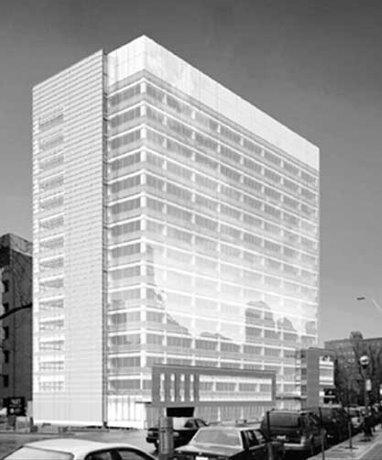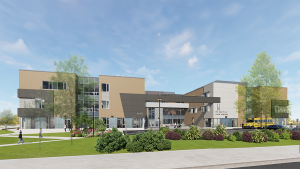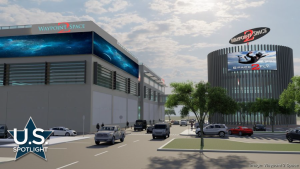International engineering and project management services company AMEC and its partners in the ABE joint venture have landed a $70-million contract to develop and maintain a state-ofthe- art medical research laboratory in the Toronto medical discovery tower.
International engineering and project management services company AMEC and its partners in the ABE joint venture have landed a $70-million contract to develop and maintain a state-ofthe- art medical research laboratory in the Toronto medical discovery tower.
The work will involve the full design/build of the 250,000- square-foot laboratory occupying 10 floors of the tower building, along with a five-year facility management contract. The University Health Network (UHN) is the major tenant in the tower, located at the corner of College and Elizabeth streets.
The project will begin immediately, with completion planned for next August.
“We are extremely pleased to be able to assist the UHN in achieving its goal for a worldclass facility,” said Angus Maciver, president of AMEC’s industrial and pharmachem division, which is undertaking the work.
“This award establishes AMEC and its joint venture partners as leaders in the design and construction of modern, innovative, world-class research facilities.”
AMEC’s partners in the venture include Black & McDonald Ltd., an electrical, mechanical and utility contractor, and construction giant EllisDon.
Maciver, whose firm will manage the project from its Canadian operational headquarters in Oakville, Ont., said the project entails design of complex laboratories—research facilities for genes, regenerative medicine and medical technology innovation. Specialist areas will include a nuclear magnetic resonance suite, mass spectrometry labs, tissue engineering, flowcytometry and robotics and engineering laboratories.
Gilles Uguen, vice-president of business development for AMEC’s Canadian industrial and pharmachem operations, said his company has utilized its innovative “Flexilab” approach in designing the laboratory.
“This is the lab of the future,” he said. “When scientists begin their research, they don’t always know how it will evolve. They may need to reconfigure their workspaces for more staff or equipment. The Flexilab approach allows you to do just that. The entire lab is mobile.”
Uguen said all utilities, computer systems and other equipment can be moved around efficiently to modify the lab layout without having to reconstruct the building.
“This concept has been used to create a range of facilities that is truly general purpose and can, in the future, be used for the majority of science applications.”
The Toronto medical discovery tower is part of the proposed Medical and Related Sciences Centre, a 1.2-million-square-foot scientific research and development convergence centre.
—Patricia Williams











Recent Comments
comments for this post are closed